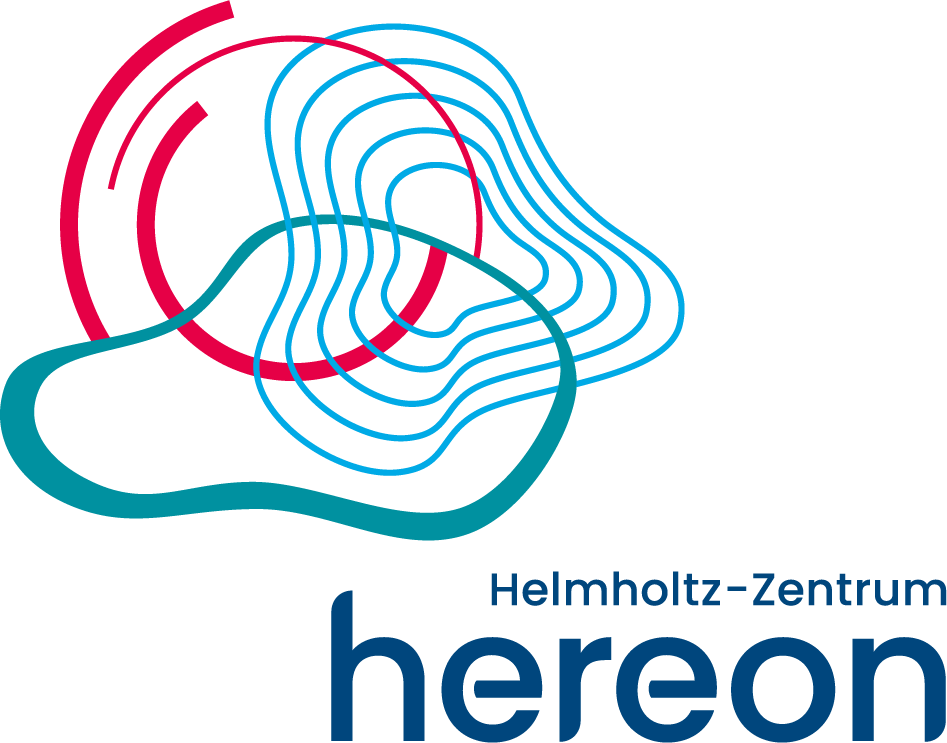MLZ is a cooperation between:
 > Technische Universität München
> Technische Universität München > Helmholtz-Zentrum Hereon
> Helmholtz-Zentrum Hereon
 > Forschungszentrum Jülich
> Forschungszentrum Jülich
MLZ is a member of:
 > LENS
> LENS > ERF-AISBL
> ERF-AISBL
MLZ on social media:

MLZ (eng)
Lichtenbergstr.1
85748 Garching
The Heinz Maier-Leibnitz Zentrum –
At the Forefront of Neutron Research
The Heinz Maier-Leibnitz Zentrum (MLZ) is a leading centre for cutting-edge research with neutrons and positrons. By offering a unique suite of high-performance neutron scattering instruments, scientists are encouraged and enabled to pursue state-of-the-art research in diverse fields as physics, chemistry, biology, earth sciences, engineering or material science. Our mission is to offer substantial support to scientists from all over the world in addressing the grand challenges facing society today.
The MLZ represents the cooperation between the Technische Universität München (TUM) and two research centres of the Helmholtz Association, namely Forschungszentrum Jülich and Helmholtz-Zentrum Hereon (former HZG) to exploit the scientific use of the Forschungs-Neutronenquelle Heinz Maier-Leibnitz in Garching near Munich.
Funding
The German Federal Ministry of Research, Technology and Space (BMFTR, formerly BMBF) is funding the operation via the Helmholtz Centres with € 19.8 million annually. The three Helmholtz Centres will invest € 10.5 million annually and the Bavarian State Ministry of Education, Science and the Arts is contributing to reactor operation and research € 25 million. The contract runs over a period of 10 years from 2011 to 2020.
How is the MLZ organized?
The MLZ relies on a network of strong partners such as the FRM II, the Jülich Centre for Neutron Science (JCNS), the German Engineering Materials Science Centre (GEMS) at Hereon as well as ten different German universities and institutes of the Max-Planck-Society. In general, support by these partners is two-fold. They operate instruments at the neutron source and actively contribute to the scientific investigations performed at their instruments. They support the experiments of external users by their know-how on neutron methods and expertise on different research topics.
Scientists working on site at the MLZ are organized in science groups which represent the fields relevant to their work the Heinz Maier-Leibnitz Zentrum.
User facility
The MLZ operates as a user facility. It makes its experimental stations and the expertise of the local scientists and staff available to visiting scientists. Selected on the basis on their successfully reviewed proposals scientists are invited to perform their measurements at the FRM II. Free access to the facility is funded by the MLZ. In addition experiments from European users are supported by EU programs on access to research infrastructures. Special services are offered to users from industry to make use of the unique capabilities of neutron scattering for commercial applications.
MLZ is a cooperation between:
 > Technische Universität München
> Technische Universität München > Helmholtz-Zentrum Hereon
> Helmholtz-Zentrum Hereon
 > Forschungszentrum Jülich
> Forschungszentrum Jülich
MLZ is a member of:
 > LENS
> LENS > ERF-AISBL
> ERF-AISBL
MLZ on social media:






